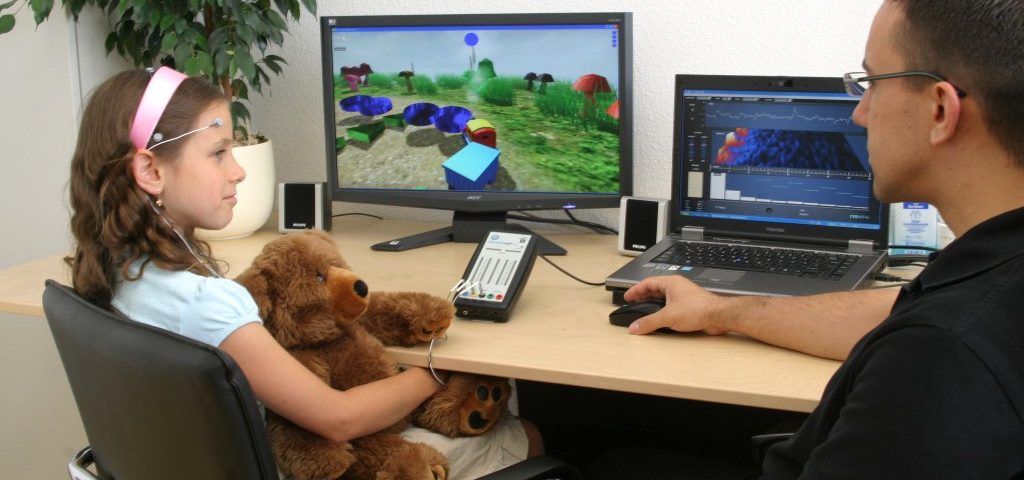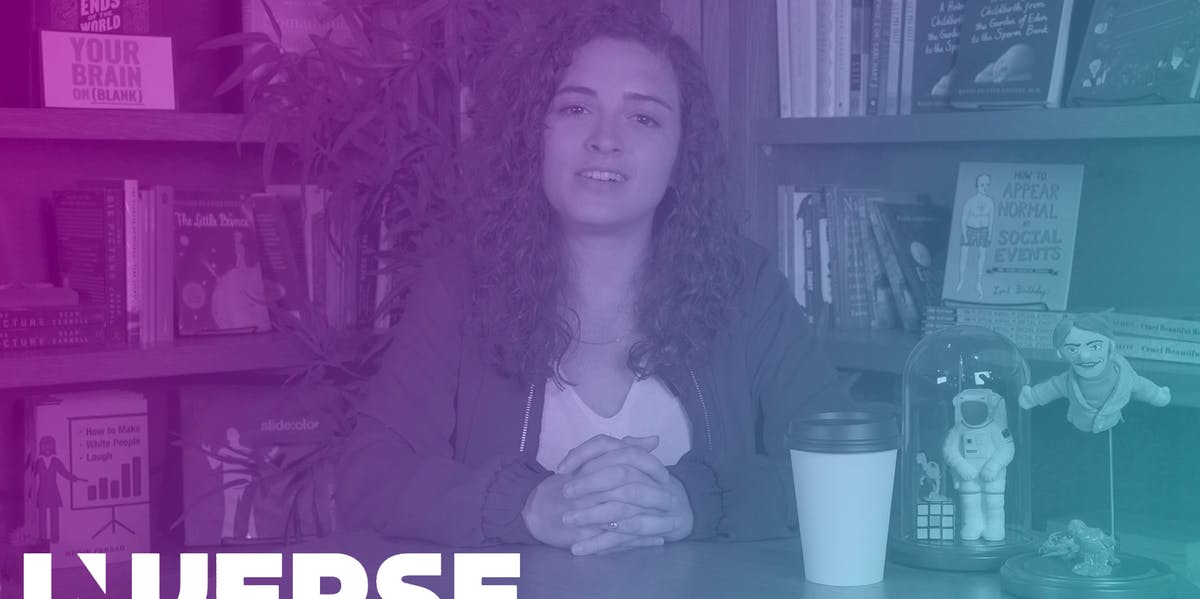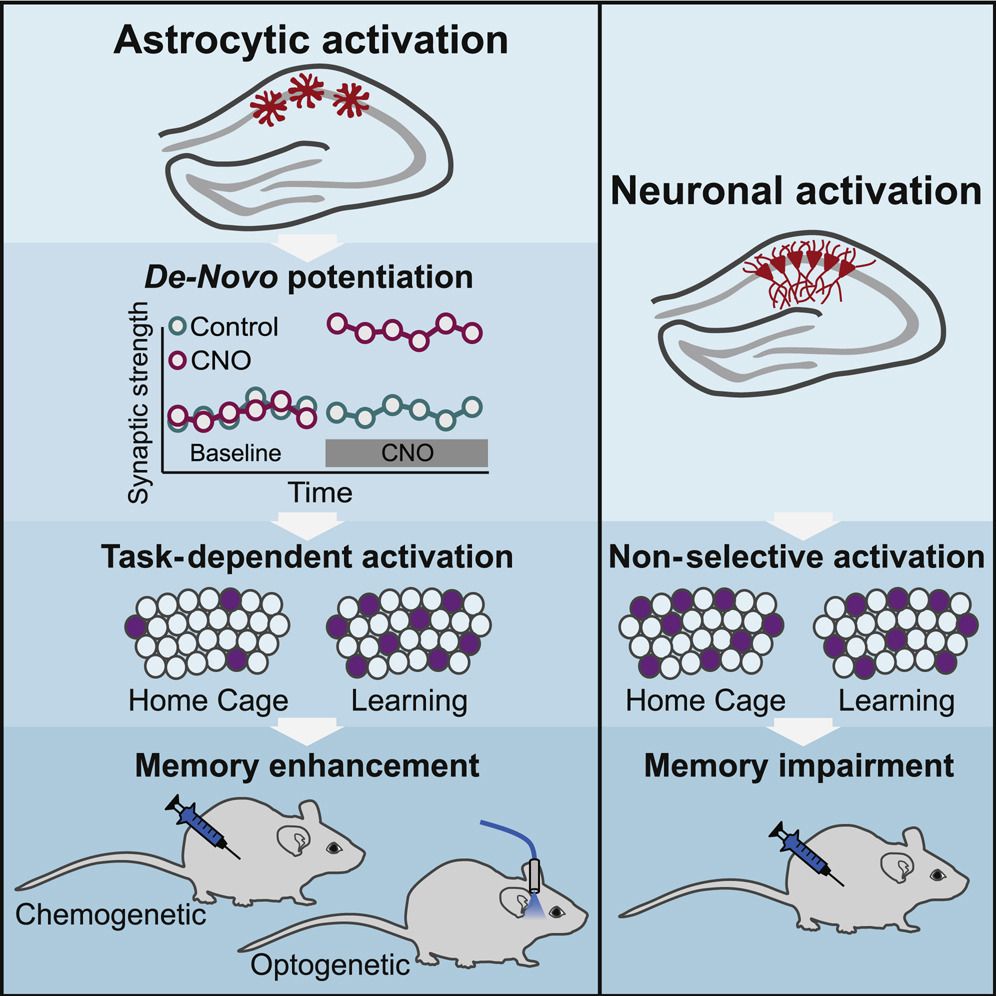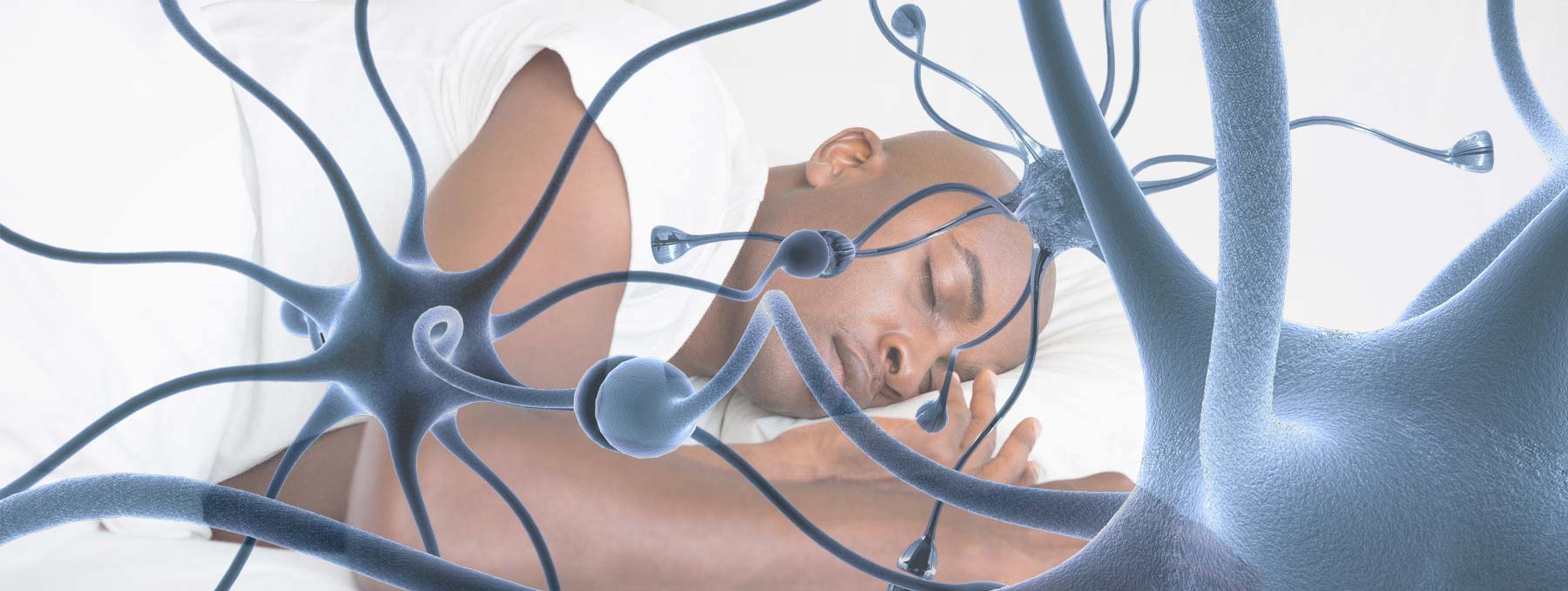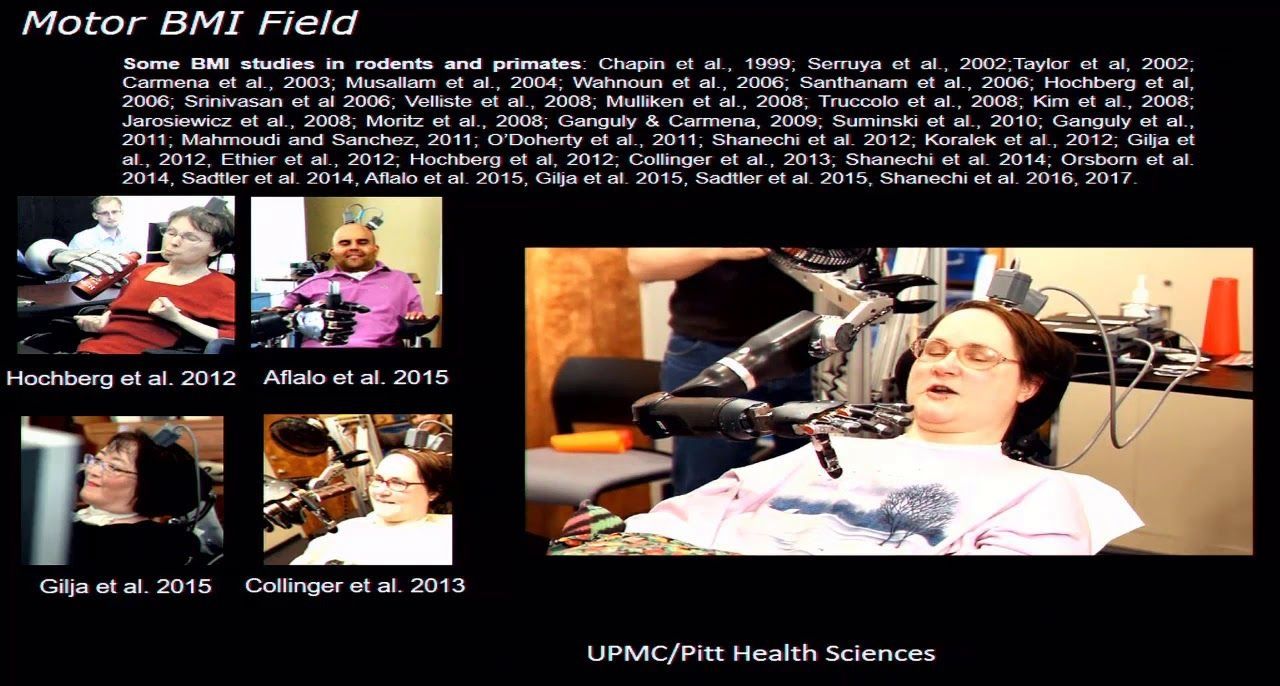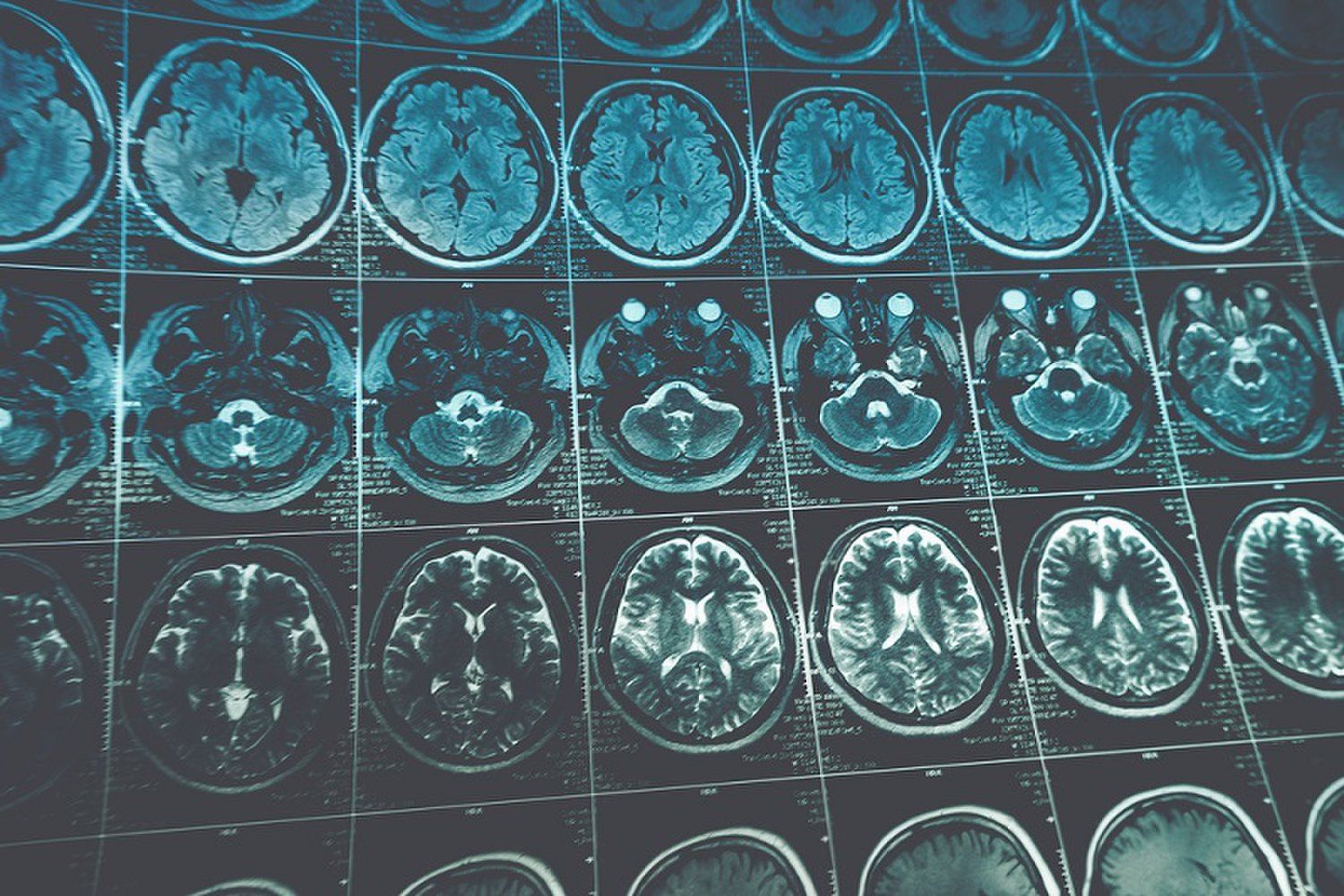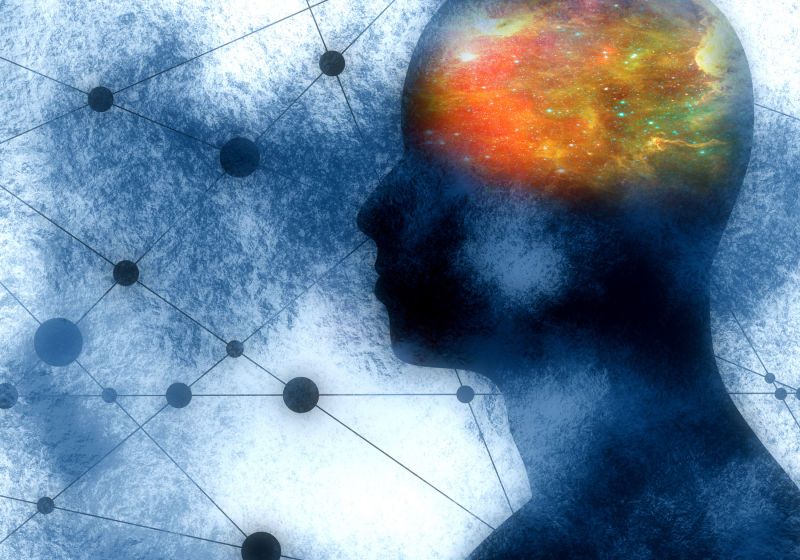Jul 3, 2018
Scientists find gene linking Down syndrome, early Alzheimer’s
Posted by Dan Kummer in categories: biotech/medical, neuroscience
British researchers are zeroing in on genes they believe are responsible for early onset Alzheimer’s disease in people with Down syndrome.
WEDNESDAY, July 3, 2018 — British researchers are zeroing in on the genes that they believe are responsible for early onset Alzheimer’s disease in people with Down syndrome.
The two conditions have long been strongly linked.
Continue reading “Scientists find gene linking Down syndrome, early Alzheimer’s” »

